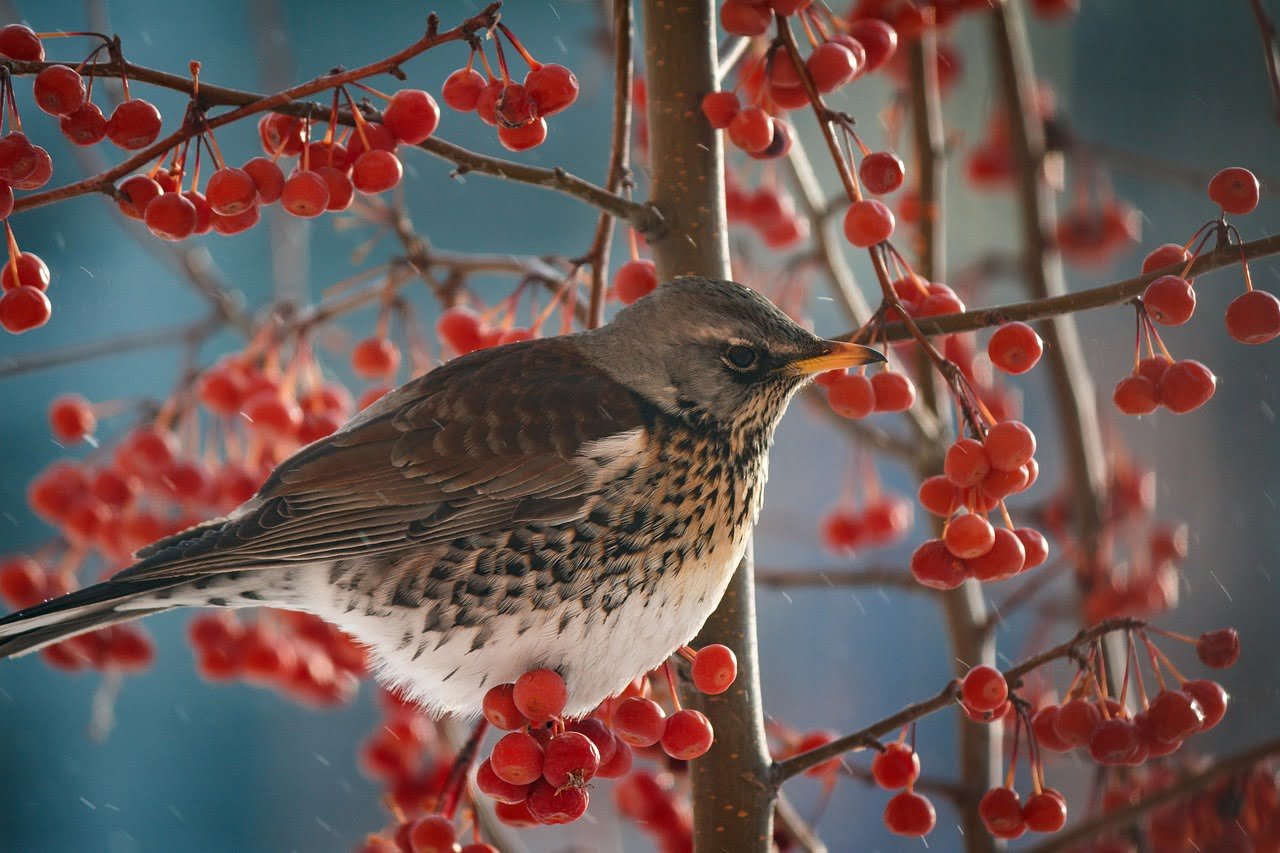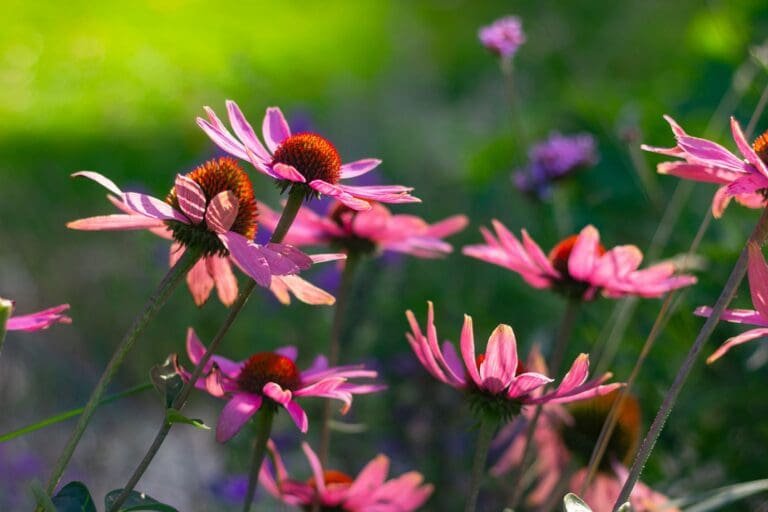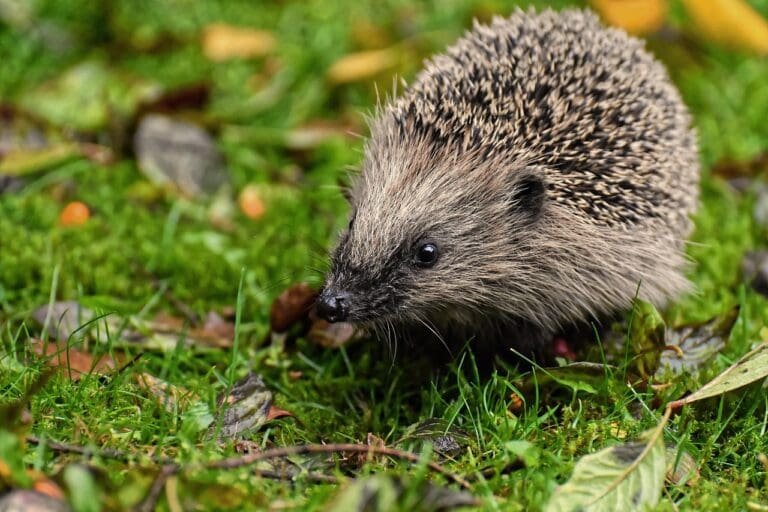If you’re looking to transform your garden into a nature sanctuary, planting trees tailored to local wildlife is key. The right trees provide vital food, shelter, and nesting sites to attract a huge variety of garden birds, insects, mammals and amphibians.
In this post we reveal the best trees for wildlife in the UK. From berry producing trees that birds will flock to, to hollow and dense trees prime for nesting sites, we cover them all. Read on for the ultimate list of the best trees to plant to attract wildlife in your garden!
You might also be interested in: The Best Trees for Your Small UK Garden
1. Alder (Alnus glutinosa)

The common alder is a small to medium sized deciduous tree. It thrives in damp conditions near lakes, streams or marshes. Their seeds, buds and catkins provide essential food for birds like goldfinches, greenfinches and siskins. The soft wood also makes perfect nesting holes for cavity nesters like woodpeckers and tits. By planting alder trees near water sources, you create the ideal habitat for wildlife like frogs, toads and newts who appreciate the moist shade.
- Provides food for seed eating birds
- Offers nesting sites for cavity nesting birds
- Creates habitat for amphibians
2. Amelanchier (Serviceberry/Juneberry)
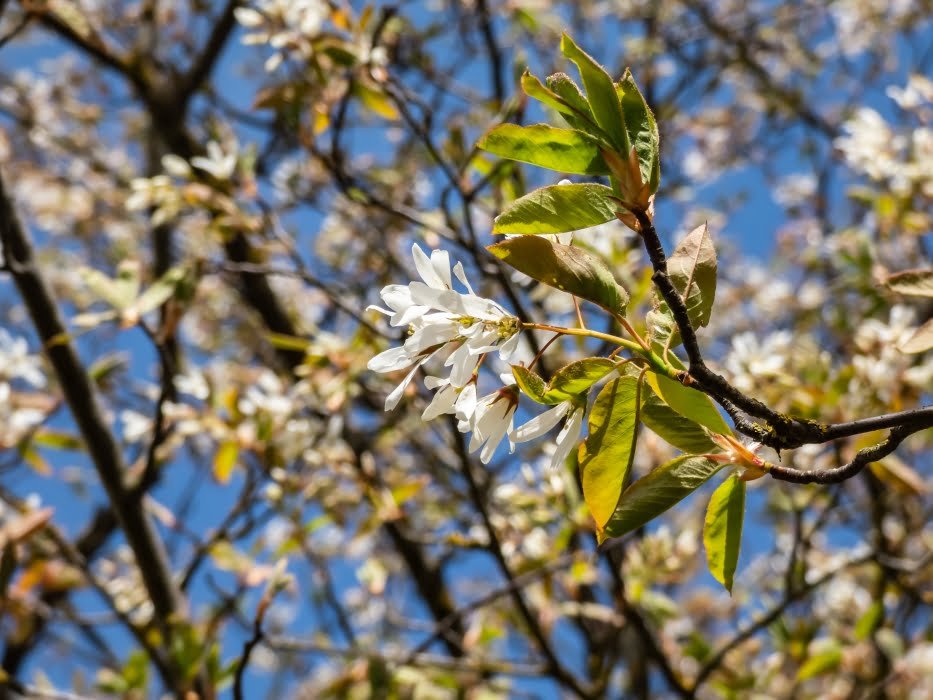
This multi-stemmed ornamental tree bursts into drifts of white flowers in spring. Through summer and autumn it develops sweet edible blue-black berries. The fruits ferment on the branches, offering a long lasting autumn feast for birds like thrushes, waxwings and warblers. At least 20 bird species are known to feast on the berries. With modest space needs and stunning displays, the Amelanchier suits many garden sizes. For best growth plant in full sun with sharp drainage.
- Feeds over 20 species of garden birds
- Provides months of autumn food
- Compact size for small gardens
Amelanchier: A Perfect Tree for Your Small UK Garden
3. Blackthorn (Prunus spinosa)

The blackthorn tree suits informal, wildlife friendly gardens. Its dense thorny thickets provide safe nesting sites for song thrushes, yellowhammers and nightingales. The pretty white blossoms emerge in early spring, providing essential nectar for emerging queen bumblebees and other early pollinators. As autumn arrives, birds eagerly flock to feast on the plentiful bitter-sweet blackthorn sloes before winter arrives. Site blackthorn trees near the edge of your garden or in mixed native hedgerows.
- Dense cover protects nesting birds
- Early blossoms feed emerging pollinators
- Autumn sloes boost birds before winter
4. Crab Apple (Malus sylvestris)
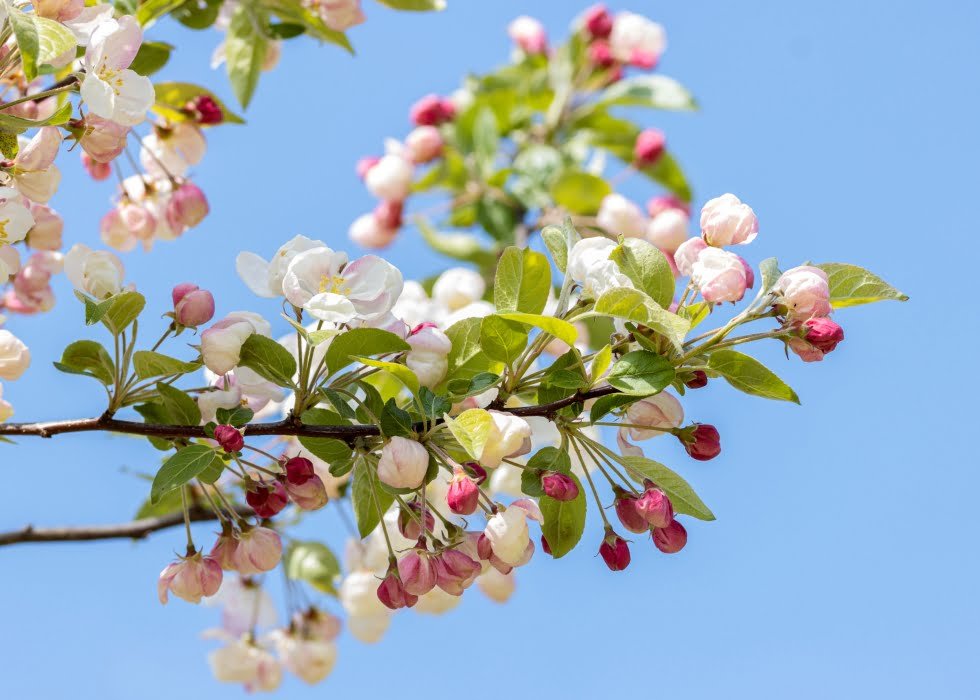
With clouds of fragrant white-pink spring blossoms and red autumn fruits, crab apple trees make a stunning wildlife friendly focal point suited to almost any garden size. Their small sour apples offer essential food through hungry winter months for birds like blackbirds, song thrushes and waxwings. Crab apples also support huge numbers of insect species compared to other trees. For best growth, plant your crab apple in a sunny, fertile spot with sharp drainage. Mulch annually and watch it thrive!
- Persistent winter fruits feed hungry birds
- Spring blossoms support early pollinators
- Tolerates most soil types
5. English Oak (Quercus robur)
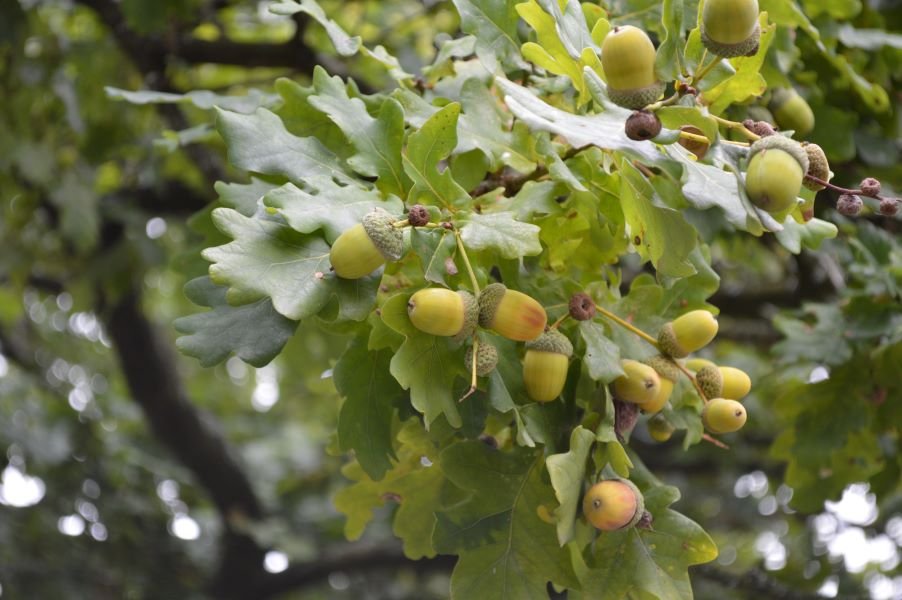
A true icon of the British countryside, majestic oak trees support a vast range of insects, birds and mammals. Offering an abundant autumn feast of protein rich acorns, oak trees attract jays, woodpeckers and squirrels. Their dense canopy provides ideal nesting sites and shelter for tits, wood pigeons and sparrowhawks. If space allows, planting an English oak makes a fine legacy tree for future generations. Site oak trees in large gardens, parks, field boundaries or woodland edges.
- Huge crops of acorns support much wildlife
- Massive size offers great nesting and roosting sites
- Iconic British tree suited to large spaces
6. Hawthorn (Crataegus monogyna)

This small, hardy tree suits hedgerows and suburban gardens. Clusters of pretty white blossoms cover hawthorn trees in spring, providing vital nectar for emerging bees and other pollinating insects. Later, brightly coloured red berries ripen through autumn. Hungry bird species like bullfinches greedily relish these fruits before winter arrives. Hawthorn trees planted close together form an impenetrable barrier, perfect for nesting birds seeking privacy and protection.
- Forms dense thickets for birds to safely nest
- White blossoms support emerging pollinators
- Red haws boost birds before winter
7. Hazel (Corylus avellana)
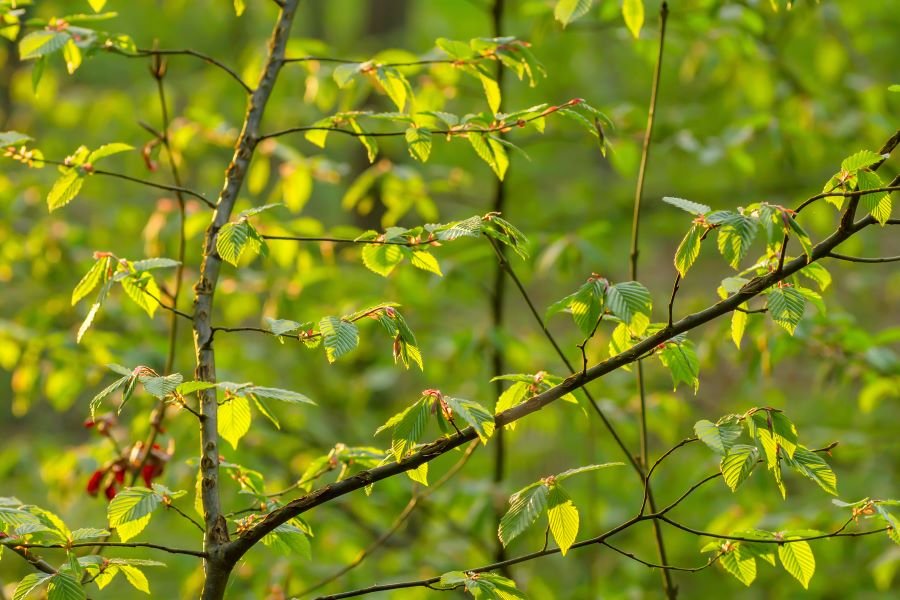
The multi-stemmed hazel tree produces protein and oil rich hazelnuts, packed with energy. This vital food fuels hedgehogs, wood mice, red squirrels and small birds like tits throughout winter. Hazel catkins also emerge early, packed with pollen to nourish hungry queen bumblebees emerging from hibernation. For best growth, plant hazel trees in fertile soil in light shade or sunny woodland gardens. Underplant with snowdrops for early season interest.
- Produces vital winter food for mammals
- Catkins packed with pollen for early bees
- Shade tolerant and multi-stemmed
8. Holly (Ilex aquifolium)
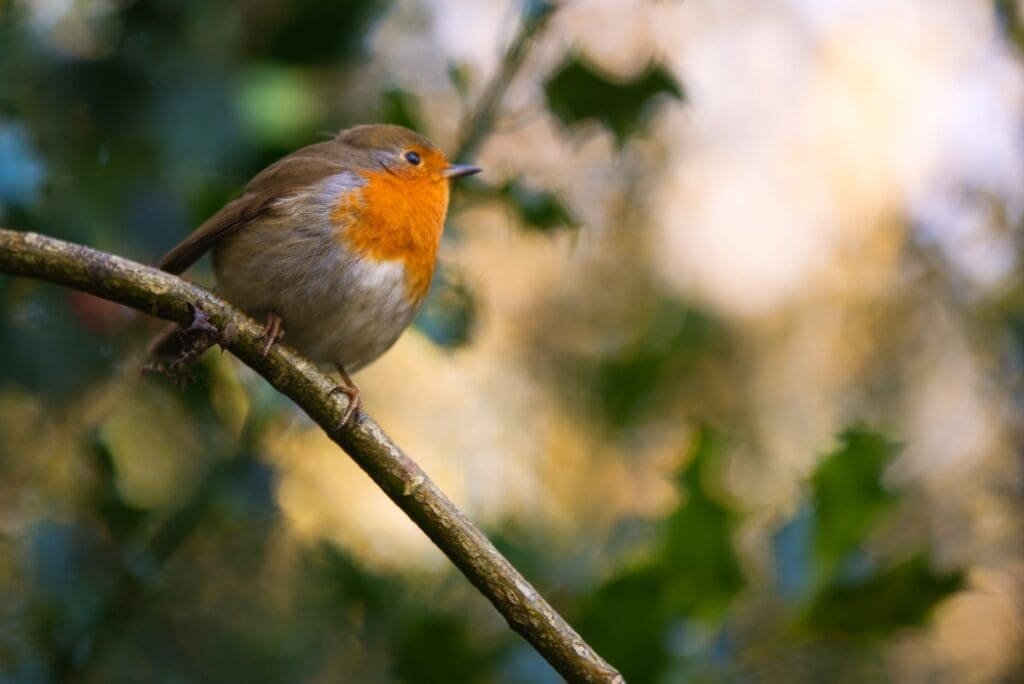
A classic evergreen, holly trees thrive across Britain. Female trees produce abundant glossy red berries just as winter food becomes scarce. Blackbirds, song thrushes and redwings will flock to holly trees as a lifesaving food source. The spiny leaves also deter grazing deer. Hollies provide dense year-round shelter from predators and harsh weather too. For reliable berry crops, plant both a male and female tree within 100 metres for successful pollination.
- Nutrient rich winter berries vital for birds
- Year-round shelter in glossy spiny leaves
- Plant both sexes for heavy berry crop
9. Mountain Ash/Rowan (Sorbus aucuparia)
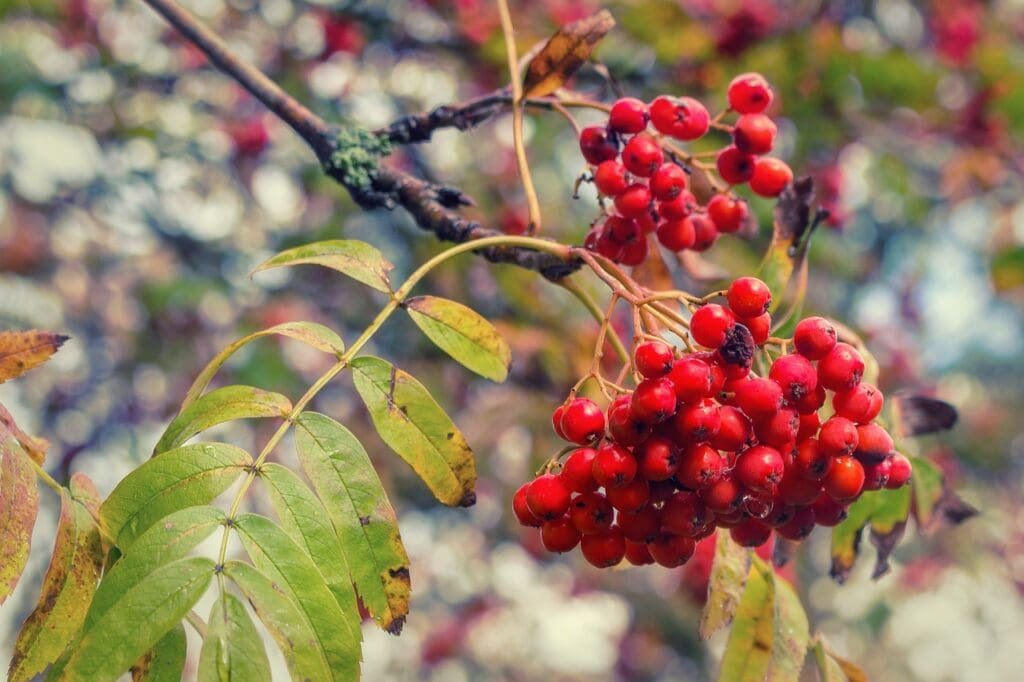
Offering delicate white spring flowers and huge vibrant clusters of autumn berries, mountain ash perfectly combine ornamental beauty with wildlife appeal. Birds like fieldfares, redwings and waxwings flock to rowan trees, feasting on the ripe orange fruits. Their open growth habit also suits smaller nesting birds like chaffinches. For best results, choose an open but sheltered sunny site with moist but sharp draining soil.
- Huge clusters of berries feed winter migrants
- Dainty spring blossom with great autumn colour
- Graceful shape suits formal and natural schemes
10. Pine (Pinus spp.)
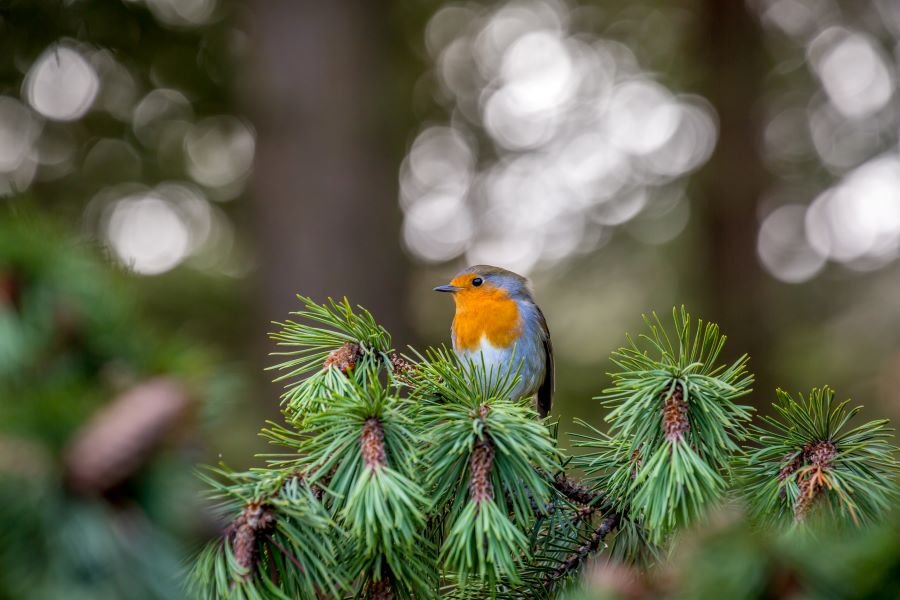
Scots pine and other evergreen conifers offer essential year-round shelter and seclusion. Their dense foliage provides safety for shy ground nesting birds like wrens and dunnocks. In autumn, seed eating coal tits, crossbills and siskins prize pine nuts for their rich oils and sustaining energy. Sprinkled through gardens or plantations they create biodiverse havens. Ensure correct mature size before planting and provide sharply drained soil and sunlight.
- Hidden nest sites safe from predators
- Nutritious pine nuts high in oils and fats
- Plant smaller species in suburban gardens
11. Silver Birch (Betula pendula)

A true symbol of the British countryside, silver birch trees support huge insect diversity. This makes them a vital food factory to attract aerial insect-eating birds like spotted flycatchers and pied wagtails. Birch trees planted near water also create cool shaded areas for frogs and toads. Birch thrive in moist fertile soil, where seeds self sow freely to create natural looking groves. Add birch trees for effortless wildlife friendly appeal.
- Huge insect populations feed breeding birds
- Shallow roots suit damp soils near water
- Often self sows freely once established
12. Wild Cherry (Prunus avium)

Wild cherry dazzles in spring with pendant clusters of delicate white flowers – a magnet for emerging bees. Glossy green summer foliage turns vibrant shades in autumn. Then heavy crops of dark cherries ripen, providing a vital energy boost for birds like blackcaps, bullfinches and jays before winter. Use as a specimen tree or woodland edge planting. Just provide well-drained soil and full sunlight for reliable growth.
- Vibrant spring flowers for hungry bees
- Energy and nutrient rich fruits before winter
- Graceful ornamental suited to many schemes
13. Willow (Salix spp.)

As a pioneering genus, willow trees thrive in damp soils so suit wildlife-friendly planting schemes near ponds, lakes and rivers. Goat willow catkins release pollen and nectar from February – kickstarting the year to nourish emerging queen bumblebees. In summer insects feast on willow leaves to fuel resident birds, bats and migrants. Their dense whips and stems also quickly create cover for nesting wetland birds like reed warblers.
- Early pollen kickstarts queen bumblebees
- Insect rich leaves feed breeding birds
- Dense stems shelter wetland nesting birds
FAQs – Best Trees for Wildlife in the UK
Q. What are the best small trees to attract birds? Excellent choices include rowan, hazel, hawthorn and crab apple trees. Go for species that produce berries, seeds and nuts to provide essential food through autumn and winter.
Q. Should I choose native UK trees? Absolutely! British birds, insects and mammals are adapted to feed on the fruits and seeds of native UK trees. Our native trees have also co-evolved to be resistant to most pests and diseases.
Q. Where is the best place to plant trees to help wildlife? Site trees in sunny, fertile spots for maximum flowers and fruits. Also ensure easy access – placing them near other plants, ponds or feeding stations encourages more shy species to visit.
Q. What maintenance do wildlife trees need? Most native UK trees are very low maintenance once established, requiring little or no pruning or watering. Annual mulching and removal of competing grass and weeds is beneficial while trees establish.
Q. How long do trees take to mature and fruit? This varies by species, but most smaller wildlife trees will flower and fruit within 3-5 years. However, large oak trees can take 20 years before producing acorns. Plan to include a mix of fast and slow growing trees.
Final thoughts
We hope you’re now inspired to plant one or more of these fantastic wildlife attracting trees! By providing blossom, nuts and berries you help create the foundations to transform your outdoor space into a nature friendly haven.
You might also be interested in: The Best Trees for Your Small UK Garden

